GALAPAGOS
ISLANDS
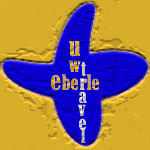
972 km in front of the coast of Ecuador are the Galapagos-Islands in the pacific ocean. Galapagos is the Spanish name for the huge turtles, which live on some of the islands. The most likely theory says that the Galapagos origin goes back 1.5 million years and is volcanic. Most of the islands (not Darwin and Wolf) lie on a huge underground platform with an diameter of some 300 km. The fluid lava from the many volcanos have been building the islands. Animal population and fauna crossed via birds and trees over the 1000 km from the pacific coast. Only 3 % of the islands is used by the population or the tourists. Already in 1934, the Ecuadoran Government declared part of the islands a national park (and prohibited hunting) and in 1958 declared the whole island to a national park (besides the 3 % populated area). Officially it is restricted to 25.000 visitors a year, but right now some 60.000 people visit the island annually.
Sick and tired after 3 weeks of language school I decided to rest at the Galapagos and not to care about the high costs (especially when compared to Ecuador) of the visit (one week roughly 2.000 DM). After the 1 1/2 hour flight from Guayaquil I was picked up at the airport by the guide from the "Seaman", the 16 passenger motor yacht I had booked. It's a 22 meter (76 feet) yacht, which was highly recommended to me (and it kept its promise). Immediately after arrival, we left the harbor to go over to Bartolome Island. The following days we took the following route: Genovesa Island, North Seymour - Plazas, Charles Darwin Station, Santa Cruz Highlands, Floreana, Pto Suarez - San Cristobal, Punta pitt, Lobos Island, Islate Mosquera. Normally we spent 1/2 a day walking around the island, another hour for snorkeling. For the people who are interested in diving, they had the opportunity to dive. What did we see: We saw one of the few places in the world, where animals can still live without being disturbed and where one can see the power of evolution. This is a world in equilibrium and which had kept its origins. Visitors are only allowed to walk along small, well marked trails. They are not allowed to bring food on the island and to take anything from the island. And the guides really take care that the tourists behave. But, its very different to describe what we saw, I think the pictures give a better impression.

Elephant-turtles They can get up to 1,5 meter long, and up to 300 kg weight. The maximum age is estimated 150 - 200 years

They can get up to 1,2 meters. They live mainly from cactus leafes.
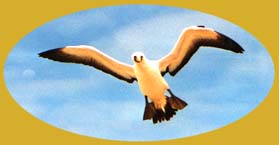
The Albatros They are just huge. Their wingspread is roughly 2,5 meters. You can easily spot them as well because of their yellow neb which is strongly formed downwards at the end.
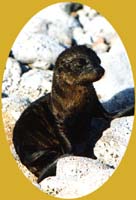
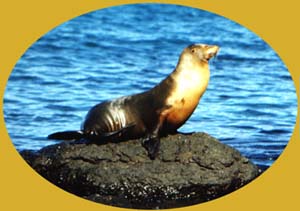
Galapagos-Pinguins They get roughly 40 cm long and 2.5 kg weight.
It was the only animal which we had problems to observe. I saw some, but
had problems to make a picture from them, because they are almost flying
in the water.
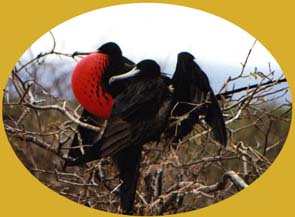
It's pretty huge as well. During the pairing-time shows the man his red guttural sack.

The boobies They differentiate with the colors of their feet. Some are red or blue, accordingly they are called Red footed boobies or blue footed boobies.
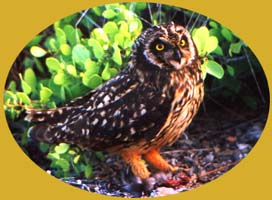
We have been able to see all these animals from very close. The human
being is not an animal to them, some of these animals have no enemies
at all. Accordingly, we have been able to watch them very closely without
disturbing them.
But the same beauty under water
What I didn't mention yet, that you had the same opportunity under water,
via snorkeling or diving ( I personally couldn't because I got injured
during the weekly Galapagos soccer game: There you can easily dive and
interact with turtles, sharks (they are not hungry), sea lions, rays,
morays, loads of tropical and large fishes, marine iguanas, manta rays,
and maybe even dolphins, while whale watching is not uncommon. For the
people on the boat, who went diving, the under water world was as exciting
as the islands.